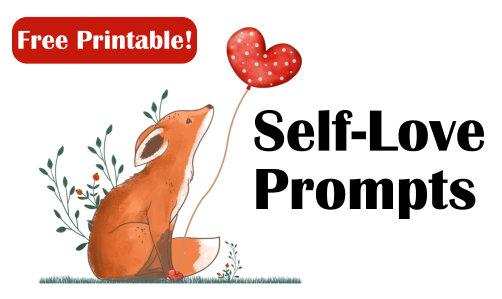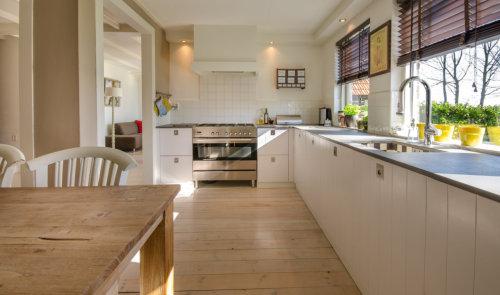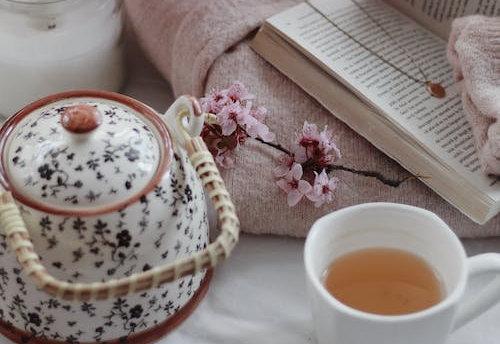My local YMCA has a bookcase filled with novels, how-to books, kids' books, cookbooks, etc. It's a "swap system." Members add books they're done with and choose
books to read that other members have added.
It's easy for a bookcase, that many people use, to get disorganized. I noticed this yesterday. Cookbooks and how-to books were mixed in with novels and motivational books.
So, I took a little bit of time to organize it. I knew that doing so would make it easier for others to find and "check out" books.
The same applies to home bookcases and bookshelves...a bit of organization will add aesthetic appeal and also make it easier to find and enjoy your favorite reads.
Whether you're a bibliophile with a
vast collection or someone looking to tidy up a few shelves, mastering the art of organizing books is a skill worth honing. Here are some tips to help you create an organized and visually pleasing bookshelf:
1. Declutter First: Before you begin organizing, take the time to declutter your book collection. Sort through
your books and set aside those you no longer need or want. especially if the volume of your book collection exceeds your book storage space. Donate or sell books you no longer enjoy or don't plan to read again.
2. Assess Your Space: Take a look at your bookcases/bookshelves. Assess the available space. Determine how many shelves you have and their dimensions. This will help you plan how many books you can effectively store and how to arrange your books. For
instance, if you have shelves that are a bit taller and wider, those might be best used for large children's books or very hefty art books. 3. Organize by Genre or Theme: One of the most common ways to organize books is by genre or theme. When organizing books, this is the very first thought in my head. Organize "like"
with "like."
Group similar books together, such as novels, biographies, cookbooks, how-to books, etc. This makes it easier to find books based on your needs, mood, or interests.
Always display books with the spine facing you so you can see the title of the book, unless you're using it as a display book in which case the front cover would be facing you.
4. Consider Alphabetical Order: If you're feeling super-organized, within the genre or theme, you might organize your books alphabetically by author's last name or by the name of the book.
That being said, I think this
is overkill for most people. The way I feel about the average home is, if it's organized by genre, that's usually sufficient. Within the genre, just try to keep specific authors together if you have many books by one author, such as all Mary Higgins Clark books next to each other; all Nicholas Sparks books together, etc.
5.
Arrange by Height or Size: For a visually pleasing display, consider arranging your books by height or size. For instance, on my cookbook shelf, I've placed taller books on one side of the shelf, rather than intermixing the tall and short ones.
You can
also create visually appealing arrangements by alternating between horizontal and vertical stacking. I will caution you that it's much more difficult to access books that are in stacked piles versus those that are lined up as they would be on a library shelf. But, it's OK to do this now and then for aesthetic appeal...as long as the piles are not stacked too high, and you can easily access the books that are on the bottom of the stack.
6. Create Focal Points: Showcase your favorite books or decorative items by creating focal points on your bookshelf. Place these items at eye level or in prominent positions to draw attention and add visual interest.
You can also incorporate decorative elements such as figurines, plants, or framed artwork to enhance the overall look of your bookshelf.
8. Leave Room for Growth: Leave some empty space on your bookshelf. This will allow you to accommodate new additions, prevent overcrowding, and allow you to easily rearrange books as needed.
9. Consider Accessibility: Arrange your books in a way that makes them easy to access. Keep frequently used books within reach and place heavier or less frequently accessed books on lower shelves.
10. Regular Maintenance: Finally, make it a habit to regularly dust and tidy
up your bookshelf to keep it looking its best.
By following these tips, you can create a well-organized and visually appealing bookshelf that showcases your love for reading and enhances the overall ambiance of your home.
P.S. No matter what you're trying to organize, my












